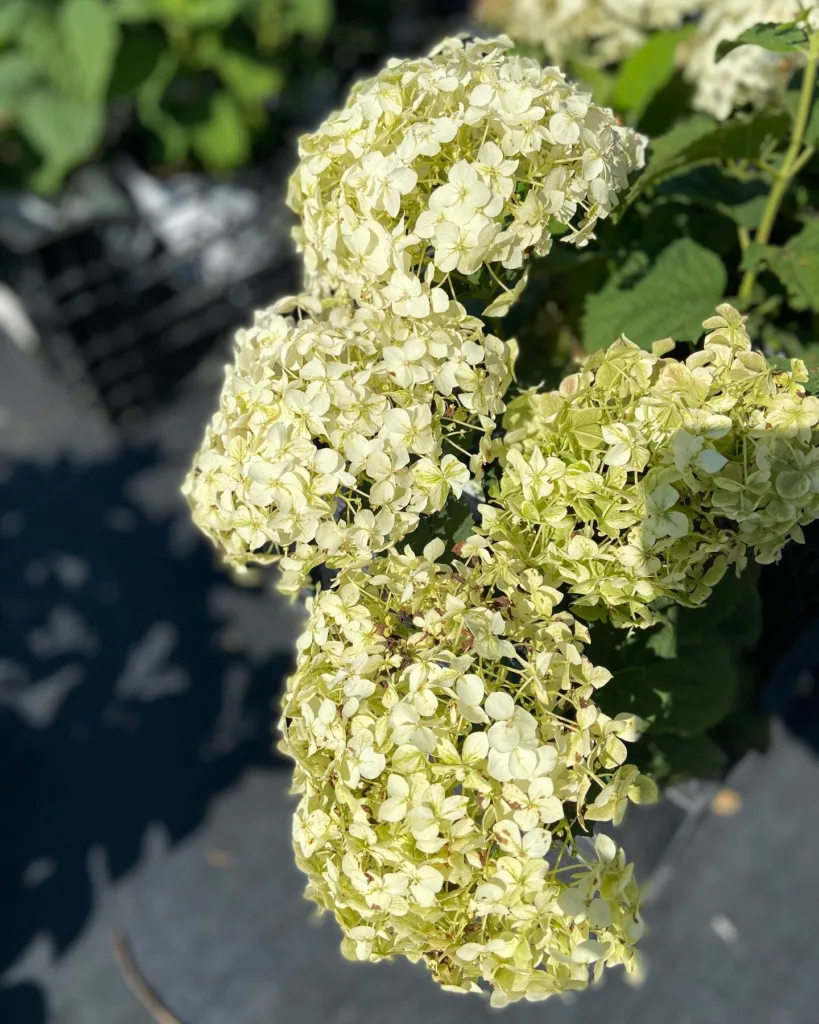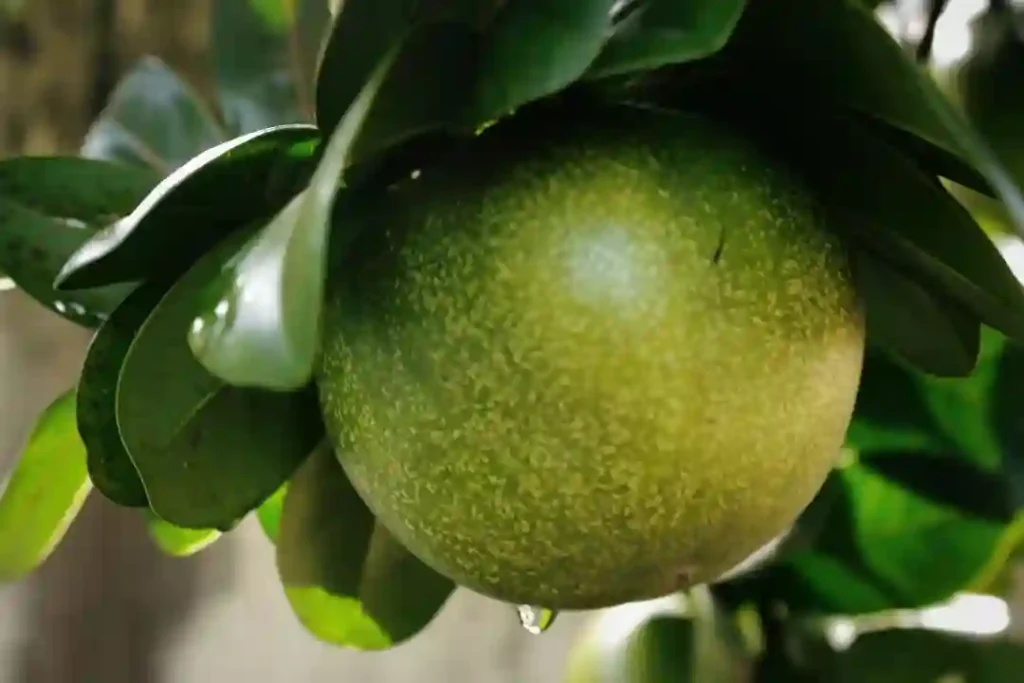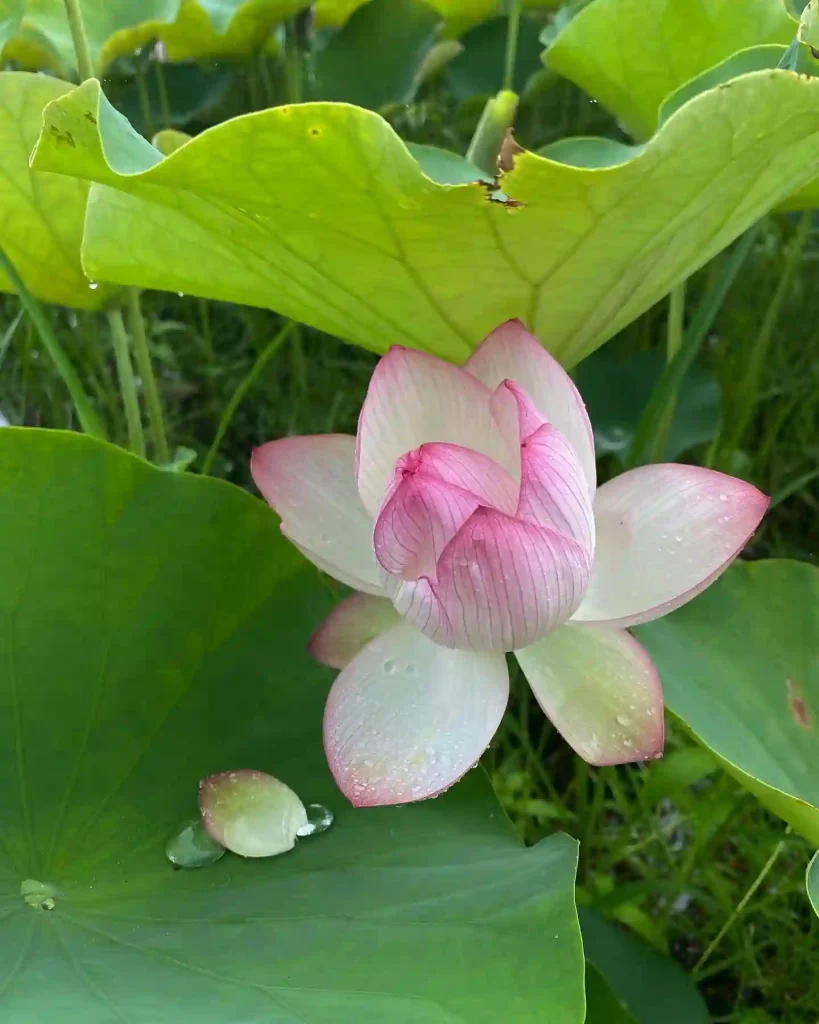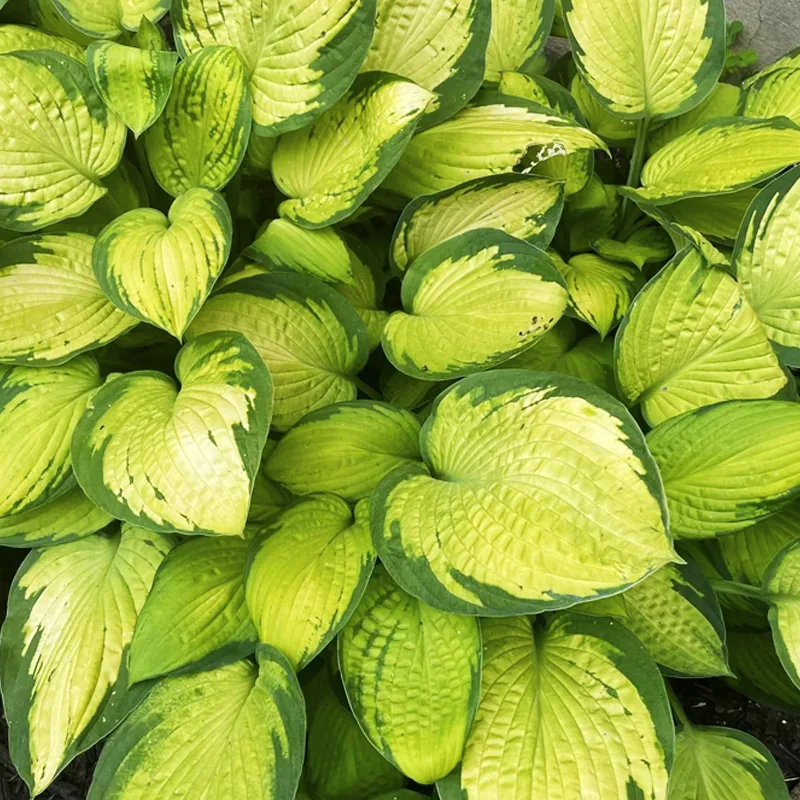FAQs About Pink Lemonade Baptisia
As an avid gardener and plant enthusiast, I often find myself fascinated by unique and vibrant plants that can elevate any garden space. One such plant that has caught my attention is the Pink Lemonade Baptisia. Its cheerful blossoms and easy-going nature make it a standout choice. In this article, I’ll cover some frequently asked questions about Pink Lemonade Baptisia, including where to buy it, how to care for it, and more.
25 Species in Genus Baptisia
What is Pink Lemonade Baptisia?
Pink Lemonade Baptisia (Baptisia ‘Pink Lemonade’) is a perennial plant known for its stunning, soft pink flowers that bloom in late spring to early summer. It belongs to the legume family and features a bushy, upright habit that can reach heights of 3 to 4 feet. This plant is not only visually appealing but also attracts pollinators like bees and butterflies, making it a great addition to any garden.
Where to Buy Pink Lemonade Baptisia?
If you’re eager to add Pink Lemonade Baptisia to your garden, you may be wondering where to buy it. I recommend checking local nurseries or garden centers, as they often stock unique and regional plants. Additionally, many online retailers specialize in perennials, making it easy to order from the comfort of your home. Websites like Proven Winners and local plant societies can also offer great options.
How to Care for Pink Lemonade Baptisia?
Caring for Pink Lemonade Baptisia is relatively straightforward. Here are some tips I’ve found helpful:
- Light Requirements: This plant thrives in full sun to partial shade. I’ve noticed that it performs best with at least six hours of sunlight each day.
- Soil Needs: Well-drained soil is essential. I often mix compost into the soil to improve drainage and nutrient content.
- Watering: Baptisia is drought-tolerant once established, but regular watering is crucial during its first growing season. I water deeply and less frequently to encourage deep root growth.
- Fertilizing: I find that a light application of balanced fertilizer in early spring helps kickstart growth.
How to Propagate Pink Lemonade Baptisia?
If you love your Pink Lemonade Baptisia and want more of it, you can propagate it through division or seeds. I prefer division for its efficiency. Here’s how I do it:
- Timing: Divide the plant in early spring or fall when it’s not actively blooming.
- Method: Carefully dig up the plant, ensuring you get a good portion of the roots. Then, cut the root ball into smaller sections.
- Replanting: Replant the divisions in well-prepared soil, keeping them at the same depth as they were originally.
What to Plant With Pink Lemonade Baptisia?
Pink Lemonade Baptisia pairs well with various other plants. I’ve had great success combining it with:
- Coneflowers (Echinacea): Their vibrant colors contrast beautifully with the soft pink of Baptisia.
- Black-Eyed Susans (Rudbeckia): These provide a cheerful, sunny look.
- Ornamental Grasses: The texture and movement of grasses complement the upright habit of Baptisia nicely.
Can You Grow Pink Lemonade Baptisia Indoors?
While Pink Lemonade Baptisia is primarily an outdoor plant, I’ve experimented with growing it in large pots. However, it’s crucial to provide adequate sunlight and space for the roots to grow. If you’re considering this, ensure your indoor environment mimics its preferred conditions.
Is Pink Lemonade Baptisia Toxic?
Good news for pet owners: Pink Lemonade Baptisia is non-toxic to cats and dogs. This makes it a safe option if you have furry friends roaming around your garden.
Benefits of Growing Pink Lemonade Baptisia
There are several reasons to consider adding this plant to your garden:
- Low Maintenance: Once established, Baptisia requires minimal care, making it perfect for busy gardeners like me.
- Attracts Pollinators: The flowers attract bees and butterflies, enhancing your garden’s ecosystem.
- Drought Tolerance: Its ability to thrive in dry conditions means less worry about watering during hot summers.
Common Problems with Pink Lemonade Baptisia
While Pink Lemonade Baptisia is generally hardy, it can face some common issues:
- Root Rot: Overwatering can lead to root rot. I always ensure my soil drains well.
- Pests: Aphids can occasionally be a problem, but I’ve found that a strong stream of water can usually knock them off.
Comparing Pink Lemonade Baptisia to Other Varieties
You might come across other Baptisia varieties, like Blue False Indigo, which is known for its striking blue flowers. While Blue False Indigo is a classic choice, I personally prefer the soft hues of Pink Lemonade Baptisia for its unique color and charm.
In conclusion, Pink Lemonade Baptisia is a delightful addition to any garden, providing color, texture, and ecological benefits. Whether you’re a seasoned gardener or just starting, this perennial is worth considering. Happy gardening!
If i die, water my plants!



